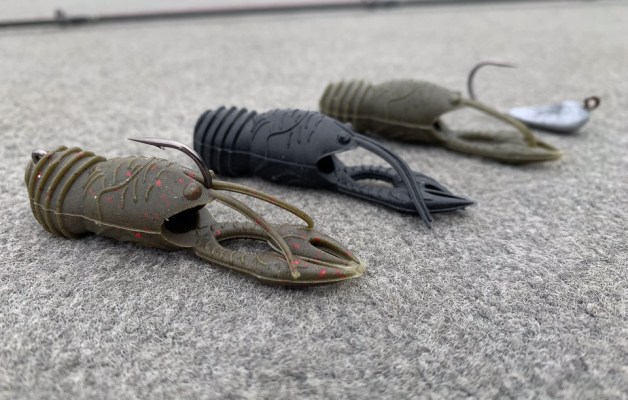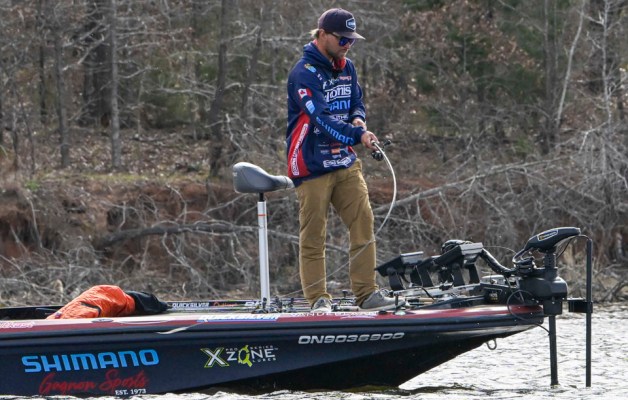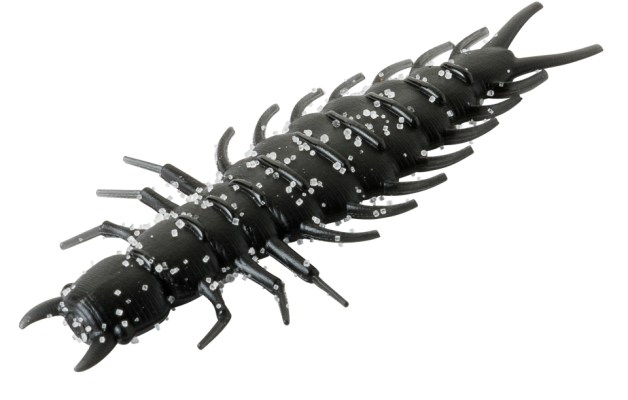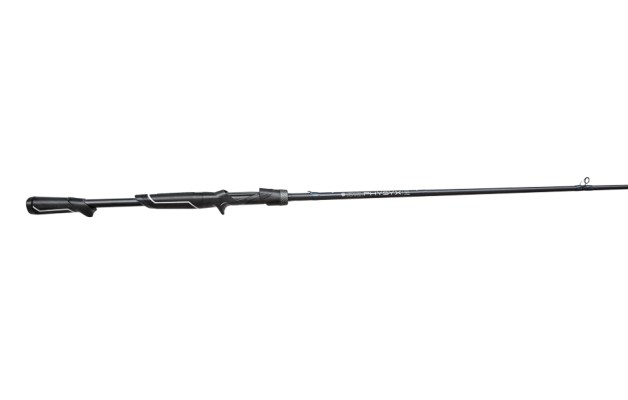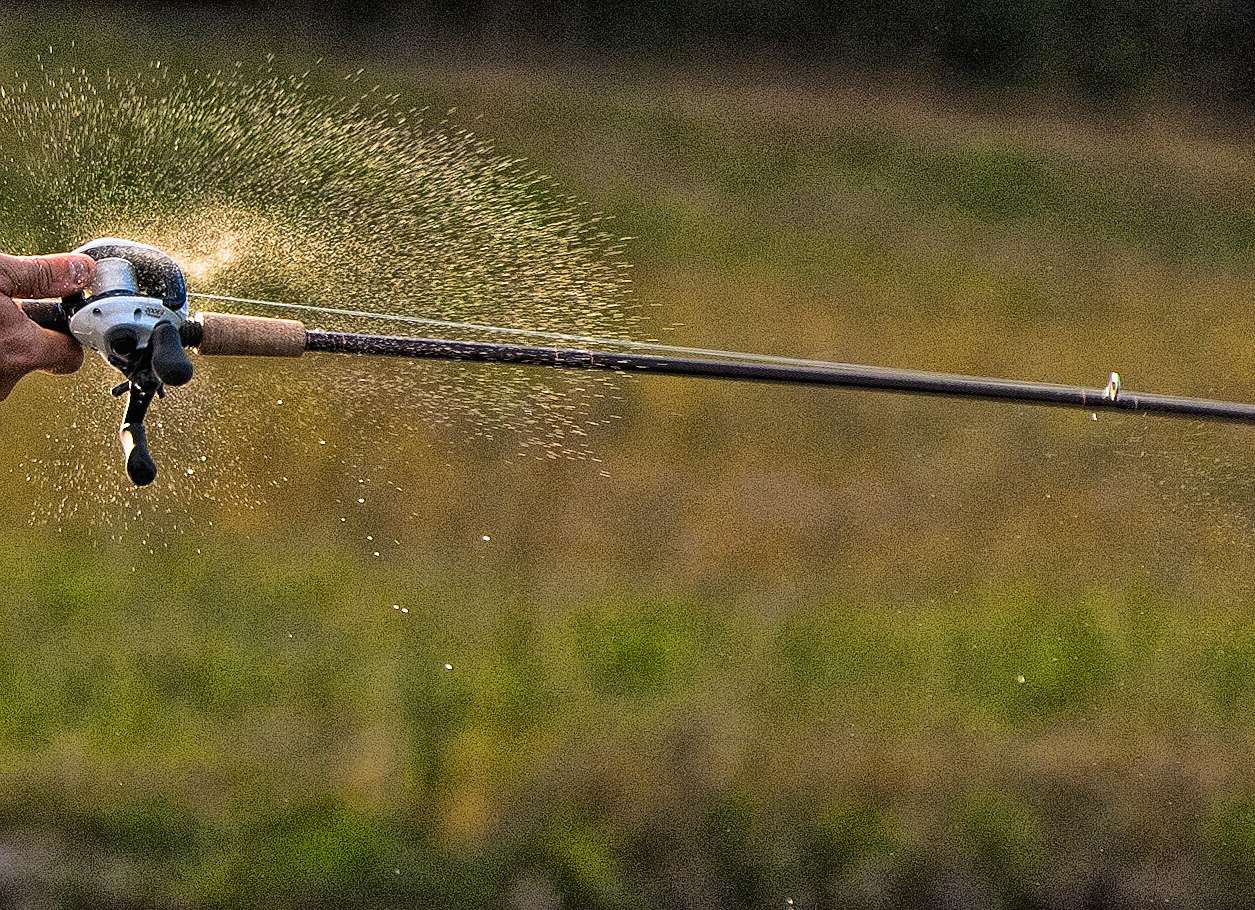
Editor’s Note: This story is part of a larger package on Shimano gear. Click here to see more.
Q: Why can’t you fish a topwater lure on a worm & jig rod?
A: Shimano’s technique specific rods are designed so that castability, fish catching ability and bait presentation work in harmony. Nothing keeps you from, in a pinch, throwing a topwater bait on a worm rod. But the flexibility in a rod designed for topwater lures is going to load better for longer casts, present the lure better to induce more strikes and reduce the likelihood of a fish ripping a small treble hook from its mouth.
Q: Does a reel go up in quality and performance based on the number of ball bearings it has?
A: No. Although it tends to be a general indicator of quality, more isn’t always better in terms of ball bearings. They are heavy, and they need to be oiled regularly. A reel may contain more ball bearings simply because its tolerances aren’t tight. Don’t choose a reel simply based on its number of ball bearings.
Q: How do you achieve a balanced combination when selecting a rod and reel?
A: First of all, you shouldn’t buy a rod without putting a reel on it to feel the balance, and vice versa. Secondly, point of balance is an individual thing. What feels balanced to one angler might not to another. If you have questions, talk to the staff at a Shimano retailer. They’ll point you in the right direction.
Q: Are baitcasting and spinning rods made the same?
No. Spinning rods bend differently than baitcasting rods. The number of guides on them is different too. Shimano baitcast rods with have eight or nine guides on them. Its spinning rods have seven guides. A spinning rod needs fewer guides because the line is coming off the reel from underneath the rod, and therefore doesn’t touch the rod as much as it does coming off the top from a baitcaster.
Q: Why does Shimano make two kinds of rods for fishing topwater frogs?
A: Because there are two types of topwater frog lures. The hollow belly frogs, like the one made by Spro, have a dual-hook set up. Typically you’re fishing in extremely heavy cover, like lily pads, with extra heavy line. You’re not making long casts. The rod is very stiff and has a lot of power in it, so you can get good hook penetration. Soft plastic frogs are fairly light. This medium heavy rod with extra fast action loads easily to make long casts with a light bait. But it also has a lot of backbone, so you can get a good hook set with a heavy-gauge, wide-gap hook.

